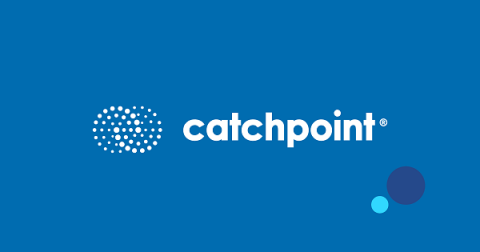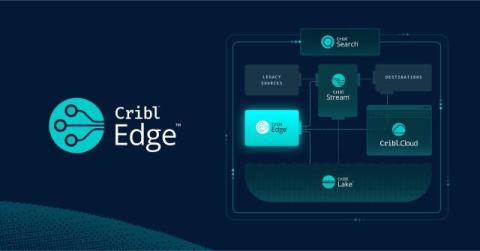6 top incident management use cases for AI copilots
The news is filled with buzz about how companies approach AI. As a result, many organizations are trying to identify how AI can effectively support their business goals. There seem to be infinite use cases, but finding those that add the most value is often the first challenge. In the ITOps environment, generative AI copilots can effectively improve team efficiency, share knowledge, and support day-to-day tasks to deliver immediate value.











